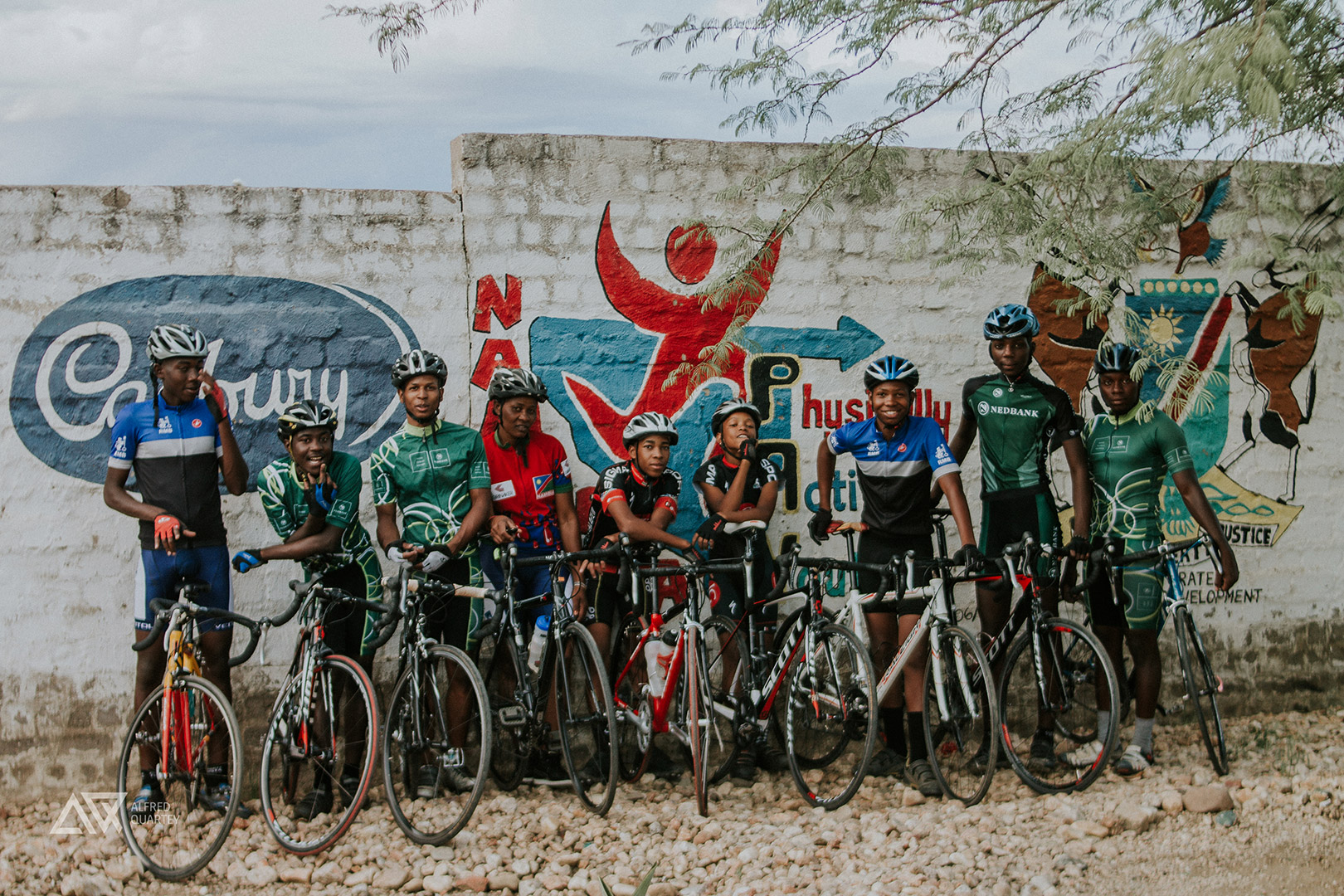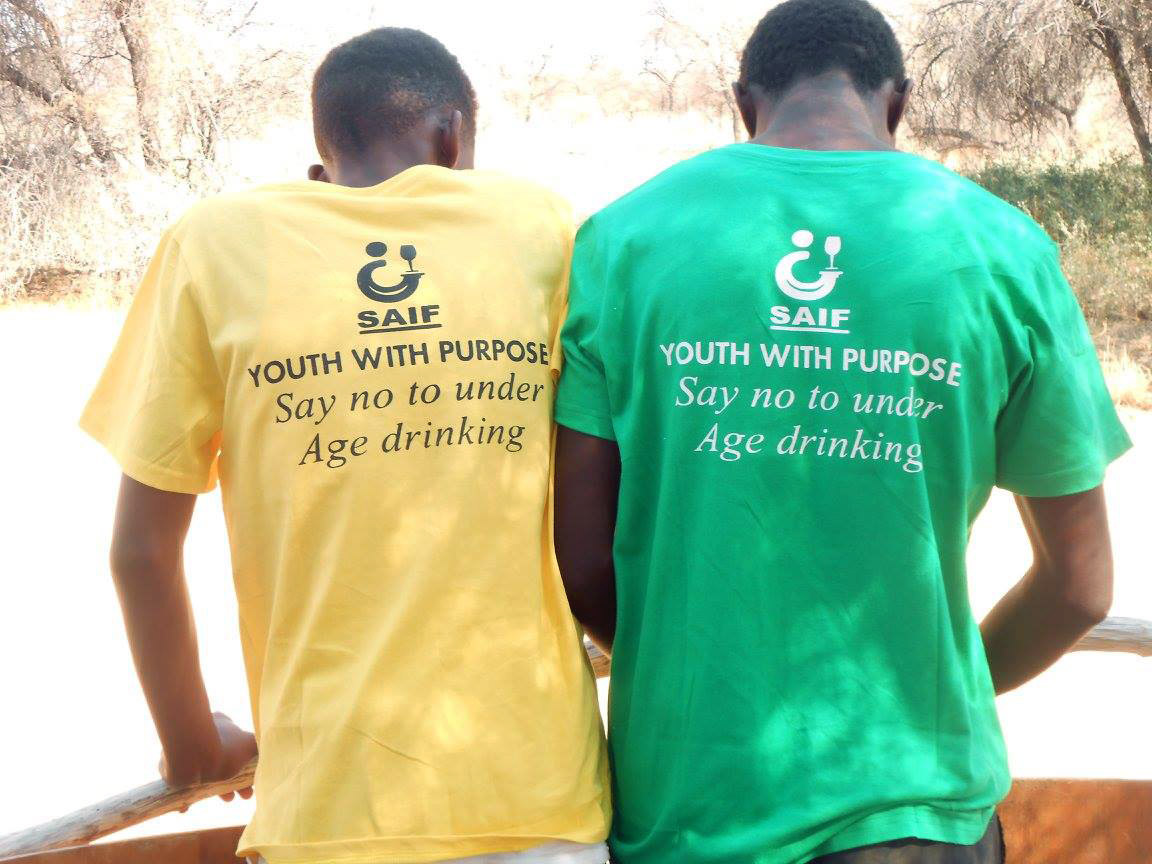First pillar: Quality Education
Learners do not present to us isolated minds or bodies but themselves as integrated human beings whose relations in the world have a direct bearing on the learners’ cognitive abilities. Learners’ needs, backgrounds, perspectives and interests are therefore reflected in the PAY programme design and our teaching-learning process. This knowledge and experience is a potential which we utilise and draw upon in our teaching and learning. We see the learner as an individual with his/her own needs, pace of learning, experiences and abilities. Our learner-centred pedagogy takes the whole child or young person into account. In the PAY classrooms, learning is a communicative and interactive, two-way process, drawing on a range of methods as appropriate for different groups of learners and the task in hand. These include group and pair work, learning by doing, self- and peer-assessment, with emphasis on the supportive and caring role of the teacher/instructor.
Second pillar: Sport i.e. Physically Active Lifestyle
Though our primary aim is to have all the learners participate in some form of physical activity, it remains our goal as the sports development programme to not only offer a variety of sports choices but to offer the youth opportunities to develop their sporting talent. In so doing, we develop youth through sport but we also develop the sport itself. Our drive and mandate is to identify and develop talent through an organized sports program and help them collide with the future of their dreams.
Third pillar: Life Skills
The Life Skills programme seeks to give learners the tools they need to make healthy lifestyle choices, in order to achieve physical, mental and social wellbeing. Our Life Skills pedagogy embraces a holistic approach to a child and is a fine thread that runs through and connects the other two pillars, education and sports.




